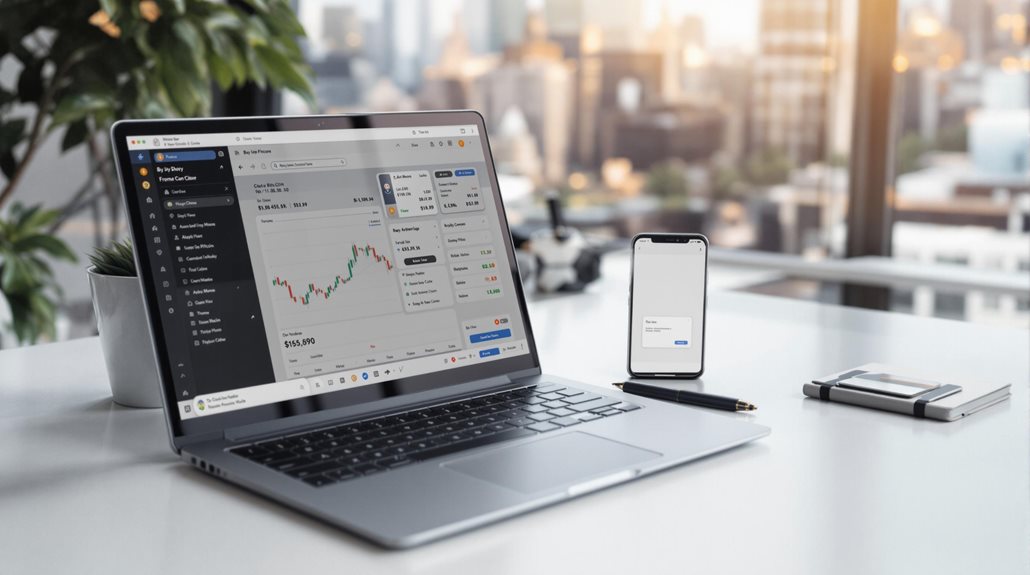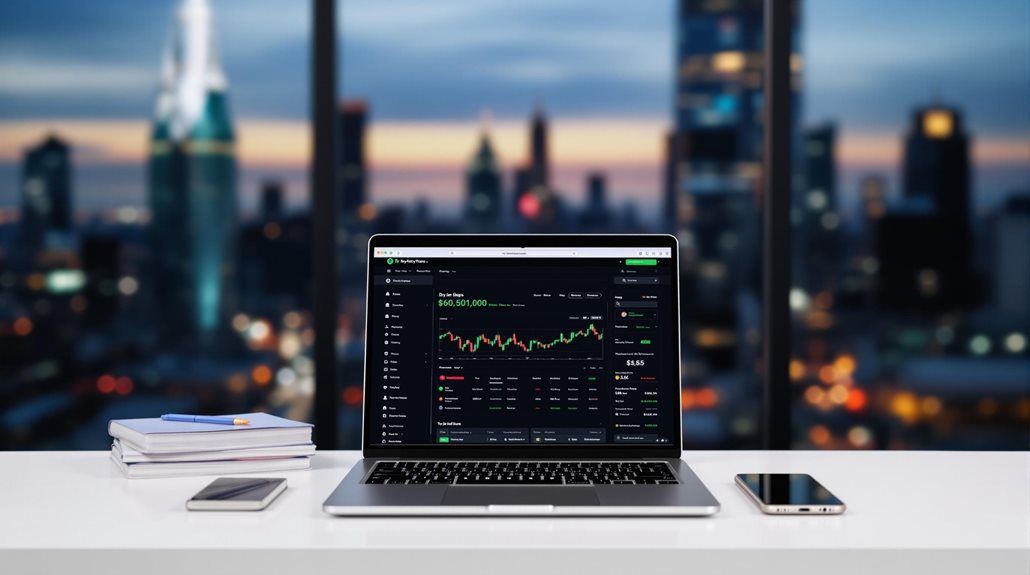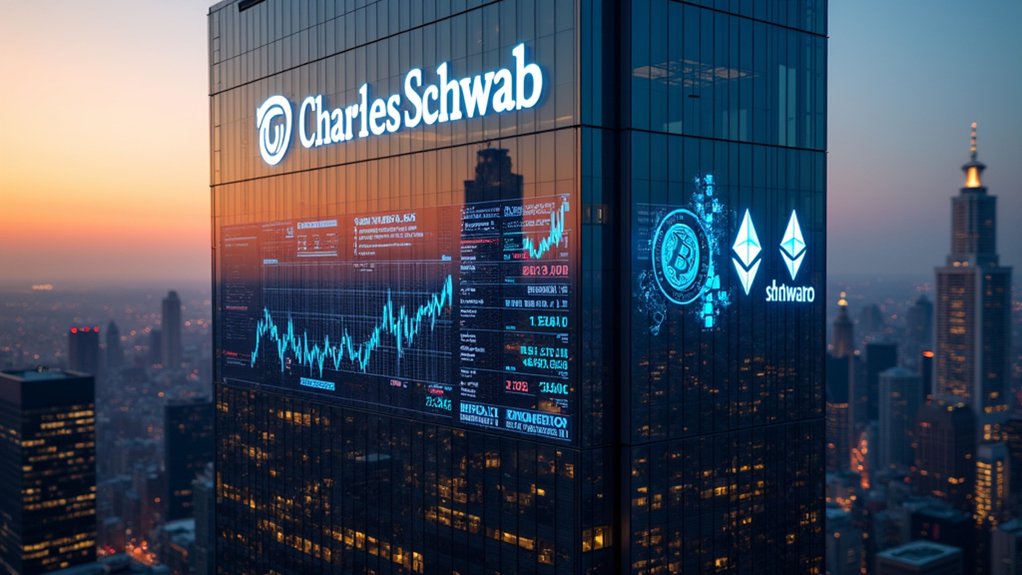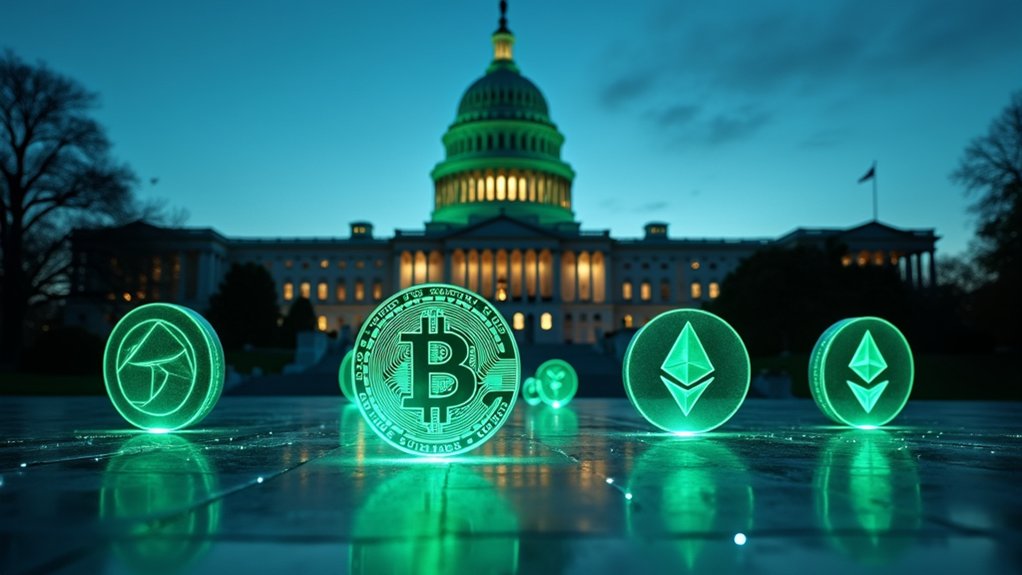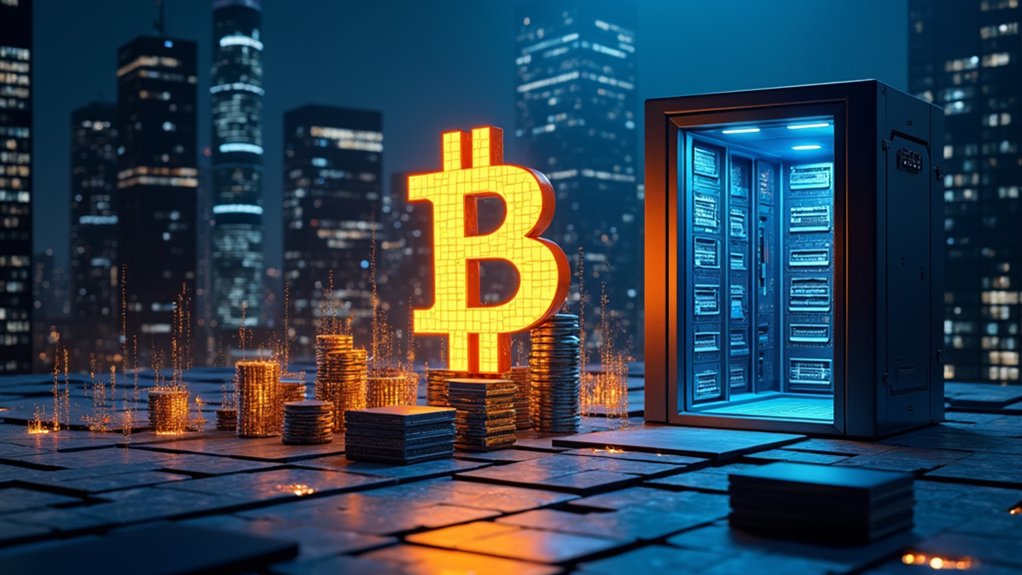Buying Bitcoin involves selecting a cryptocurrency exchange, creating an account, and completing identity verification. Popular platforms like Coinbase, Binance, and Kraken offer user-friendly interfaces for purchasing Bitcoin with bank accounts or credit cards. After verification, users can place market or limit orders to buy full or partial bitcoins. The purchased Bitcoin can then be stored in digital wallets, either connected to the internet or offline for added security. The process continues to evolve with new features and options.
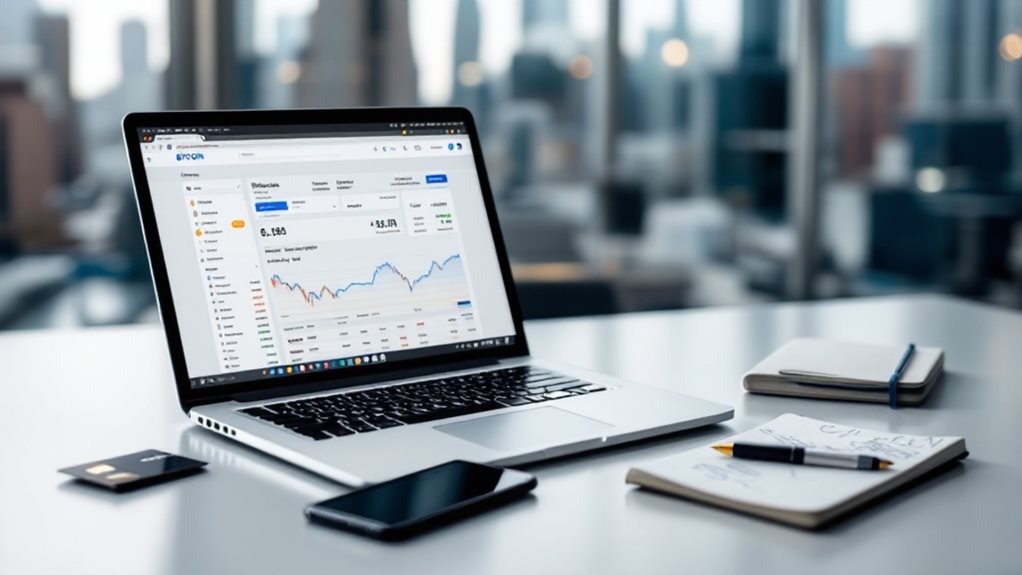
Many people are curious about buying Bitcoin but aren't sure where to start. The first step in the Bitcoin buying process involves selecting a cryptocurrency exchange where the actual purchase will take place. Popular exchanges like Coinbase, Binance, Kraken, and eToro offer different features and fee structures. Some users prefer to use peer-to-peer platforms for direct transactions with other Bitcoin owners.
When choosing an exchange, users typically compare factors such as security measures, supported cryptocurrencies, payment options, and whether the platform is properly regulated in their location. Users can access virtual practice portfolios to learn trading before using real money.
Once an exchange is selected, the next phase involves creating and verifying an account. This process starts with basic email registration and password creation. Security is enhanced through two-factor authentication (2FA), which adds an extra layer of protection.
The exchange then requires users to complete a Know Your Customer (KYC) verification process, which includes uploading identification documents like a passport or driver's license. Users also need to connect their preferred payment method, such as a bank account, credit card, or wire transfer option.
The actual purchase of Bitcoin happens after account verification is complete. Users can choose between a market order, which buys Bitcoin at the current price, or a limit order, which executes when Bitcoin reaches a specific price point.
Bitcoin can be purchased in fractional amounts, so buyers don't need to buy a whole coin. The exchange displays all transaction details, including fees and estimated prices, before the order is confirmed. After confirmation, the order is processed, and users can track its status until completion.
After successfully purchasing Bitcoin, proper storage becomes essential for security. Users often transfer their Bitcoin from the exchange to a personal wallet, which can be either a hot wallet (connected to the internet) or a cold wallet (offline storage device).
Each wallet comes with a recovery phrase that must be backed up and stored securely offline. Some Bitcoin owners use multiple wallets to spread out their holdings and reduce risk. Regular wallet software updates help maintain security.
The process of buying Bitcoin has become more streamlined over the years, though it still requires attention to detail and security awareness. Cryptocurrency exchanges continue to evolve, offering more user-friendly interfaces and educational resources for newcomers.
While the technical aspects might seem intimidating at first, the step-by-step process of buying Bitcoin has become increasingly accessible to the average person.
Frequently Asked Questions
What Happens if I Forget My Bitcoin Wallet Password?
When someone forgets their Bitcoin wallet password, they can't access their funds. It's like being locked out of a digital safe.
There are recovery options, but success isn't guaranteed. People might try password recovery services, check for backup phrases they saved, or use password cracking software.
Without the correct password or recovery information, the Bitcoin could be permanently lost. Many Bitcoin owners have lost access to millions due to forgotten passwords.
Can I Buy Bitcoin Without Revealing My Identity?
While it's possible to buy Bitcoin with some privacy, complete anonymity is challenging.
People can use Bitcoin ATMs with cash, peer-to-peer platforms, or privacy-focused exchanges. These methods often don't require ID verification.
However, they usually come with higher fees and potential risks. Most mainstream exchanges require identity verification due to regulations.
It's worth noting that even "anonymous" Bitcoin transactions can sometimes be traced through blockchain analysis.
Are Bitcoin Transactions Reversible if I Make a Mistake?
Bitcoin transactions can't be reversed once they're confirmed on the blockchain.
It's like sending a text message – once it's sent, you can't take it back.
There's a brief window before confirmation where some transactions might be canceled using technical methods like Replace-By-Fee, but this isn't guaranteed to work.
Some wallets offer multisignature features that can add protection, but generally, Bitcoin's irreversibility is a core feature of how it works.
How Long Does It Take for a Bitcoin Transaction to Complete?
Bitcoin transactions typically take between 10 minutes to 1.5 hours to complete. The first confirmation usually happens within 10 minutes, and most transactions get confirmed within 30 minutes.
During busy network times, it might take over an hour. The speed depends on several factors, like network traffic and transaction fees.
While one confirmation is often enough for small transactions, larger ones might need up to six confirmations for extra security.
What's the Minimum Amount of Bitcoin I Can Purchase?
The minimum amount of Bitcoin someone can buy varies by exchange.
Most major exchanges like Binance let users buy tiny fractions of Bitcoin. Coinbase's minimum changes based on payment method, while Gemini requires at least $5.
Kraken needs orders of 0.0001 BTC or more. Some exchanges have lower limits to help new investors start small.
It's common to buy just a few dollars worth of Bitcoin instead of a whole coin.
